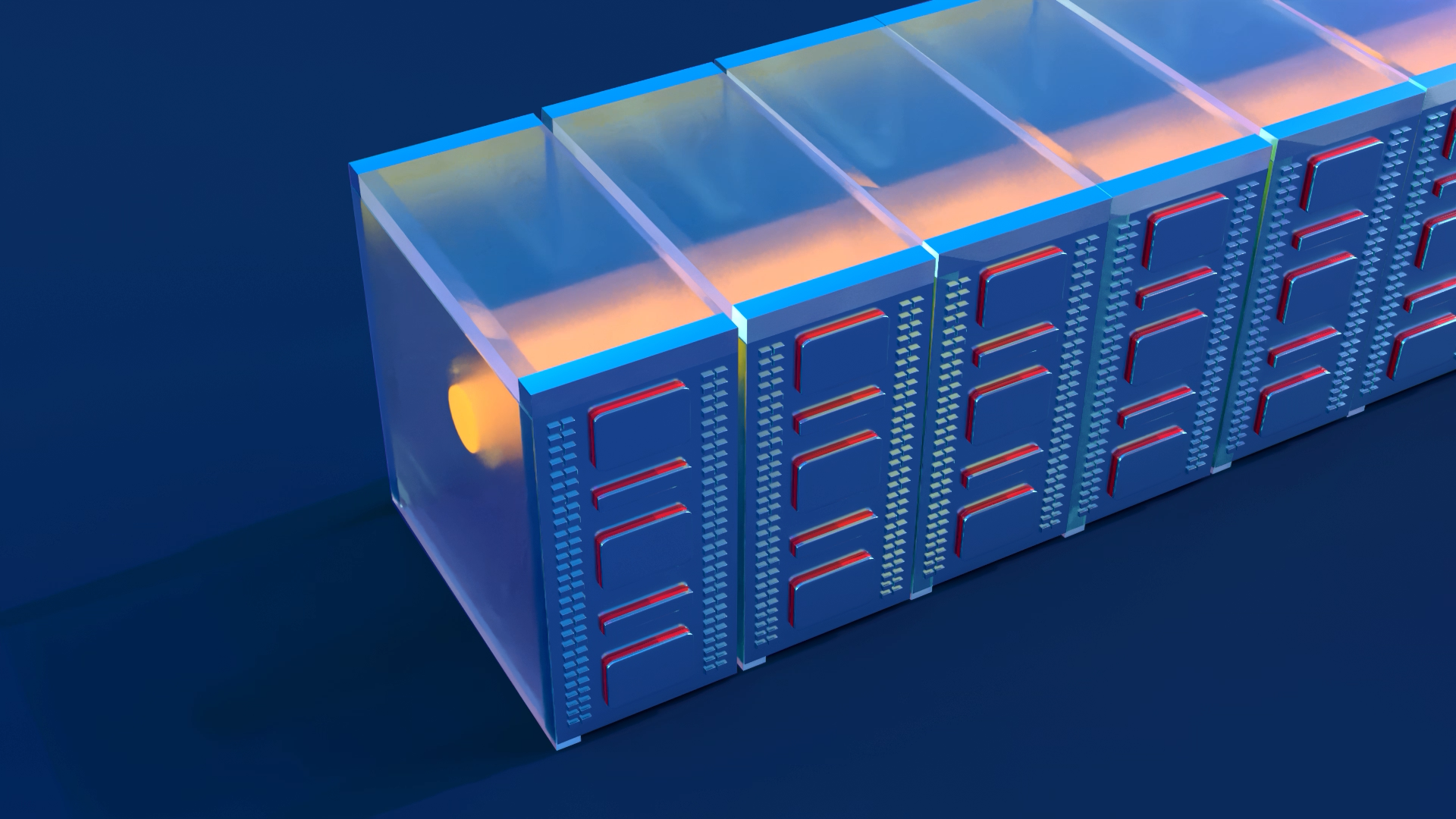Exascale computers: 10 Breakthrough Technologies 2024
Computers capable of crunching a quintillion operations per second are expanding the limits of what scientists can simulate.
WHO
Oak Ridge National Lab, Jülich Supercomputing Centre, China’s Supercomputing Center in Wuxi
WHEN
Now
In May 2022, the global supercomputer rankings were shaken up by the launch of Frontier. Now the fastest supercomputer in the world, it can perform more than 1 quintillion (1018) floating-point operations per second. That’s a 1 followed by 18 zeros, also known as an exaflop. Essentially, Frontier can perform as many calculations in one second as 100,000 laptops.
This story is only available to subscribers.
Don’t settle for half the story.
Get paywall-free access to technology news for the here and now.
Subscribe now
Already a subscriber?
Sign in
You’ve read all your free stories.
MIT Technology Review provides an
intelligent and independent filter for the
flood of information about technology.
Subscribe now
Already a subscriber?
Sign in
With the launch of Frontier, located at Oak Ridge National Laboratory in Tennessee, the era of exascale computing officially began. Several more such exascale computers will soon join its ranks. In the US, researchers are installing two machines that will be about twice as fast as Frontier: El Capitan, at Lawrence Livermore National Laboratory in California, and Aurora, at Argonne National Laboratory in Illinois. Europe’s first exascale supercomputer, Jupiter, is expected to come online in late 2024. China reportedly also has exascale machines, although it has not released results from standard benchmark tests.
Scientists and engineers are eager to use these turbocharged computers to advance a range of fields. Astrophysicists are already using Frontier to model the flow of gas in and out of the Milky Way; in addition to simulating motion on the scale of our galaxy, their model can zero in on exploding stars. This application showcases supercomputers’ unique ability to simulate physical objects at multiple scales simultaneously.
The progress won’t stop here. For the last three decades, supercomputers have gotten about 10 times faster every four years or so. And the stewards of these machines are already planning the next models: Oak Ridge engineers are designing a supercomputer that will be three to five times faster than Frontier, likely to be unveiled in the coming decade.
But one big challenge looms: the energy footprint. Frontier, which already employs energy-conserving innovations, draws enough power even while idling to run thousands of homes. Engineers will need to figure out how to build these behemoths not just for speed, but for environmental sustainability.
